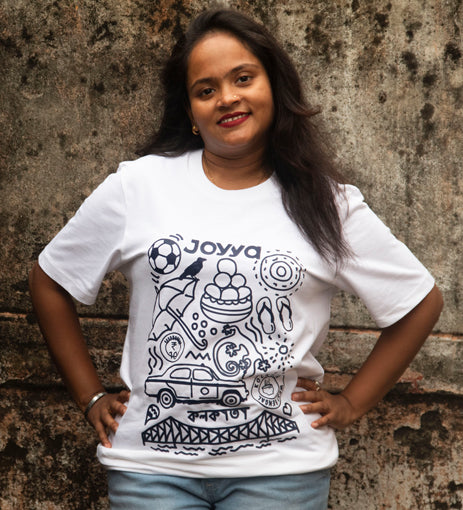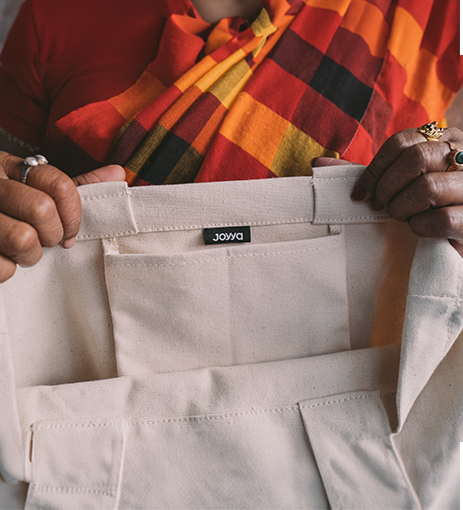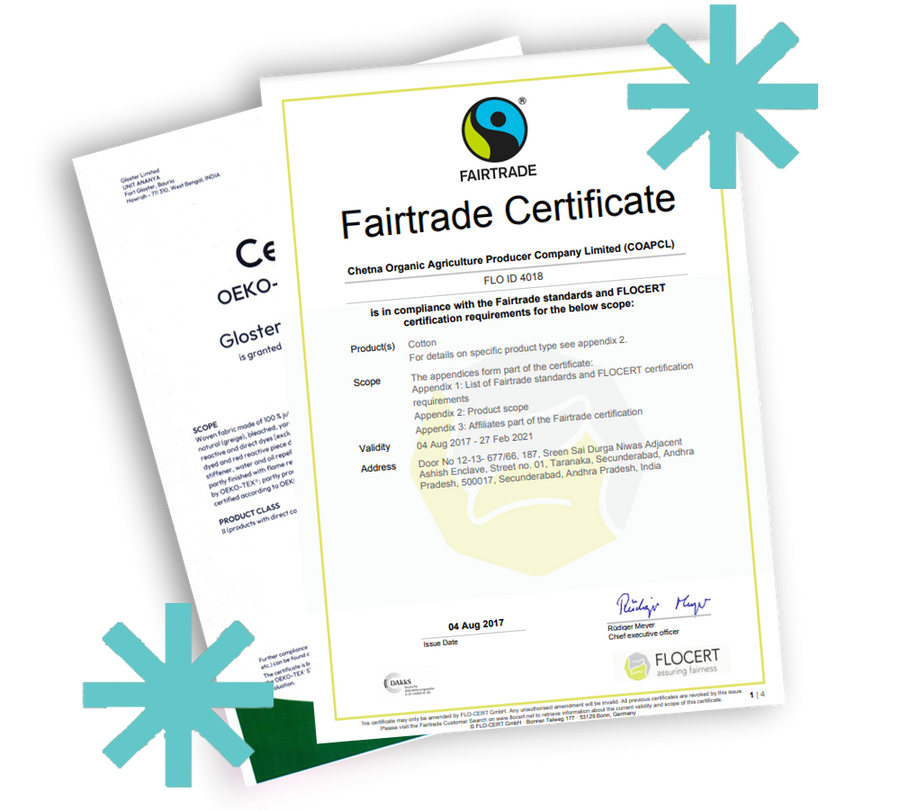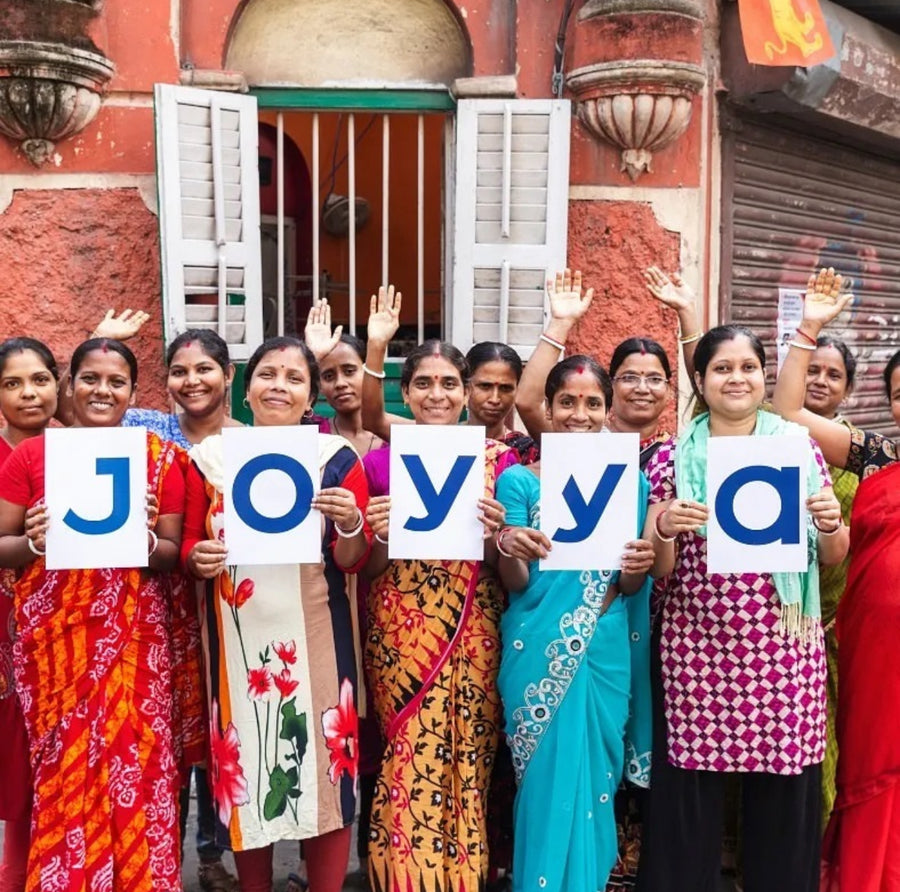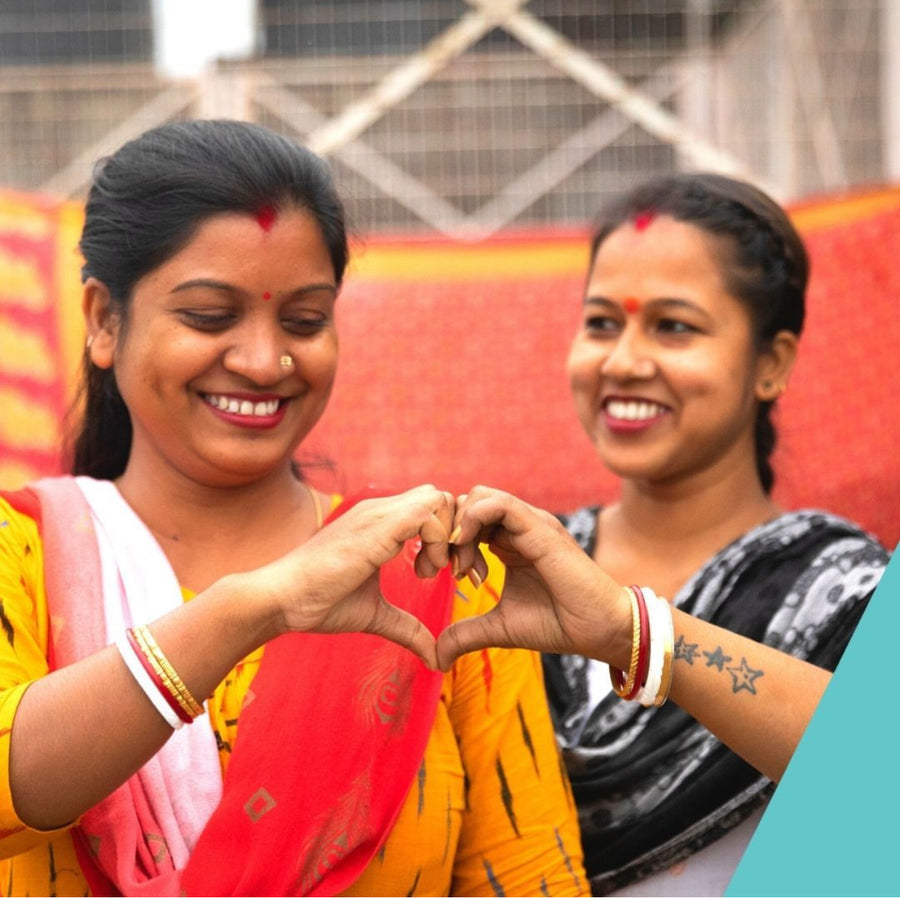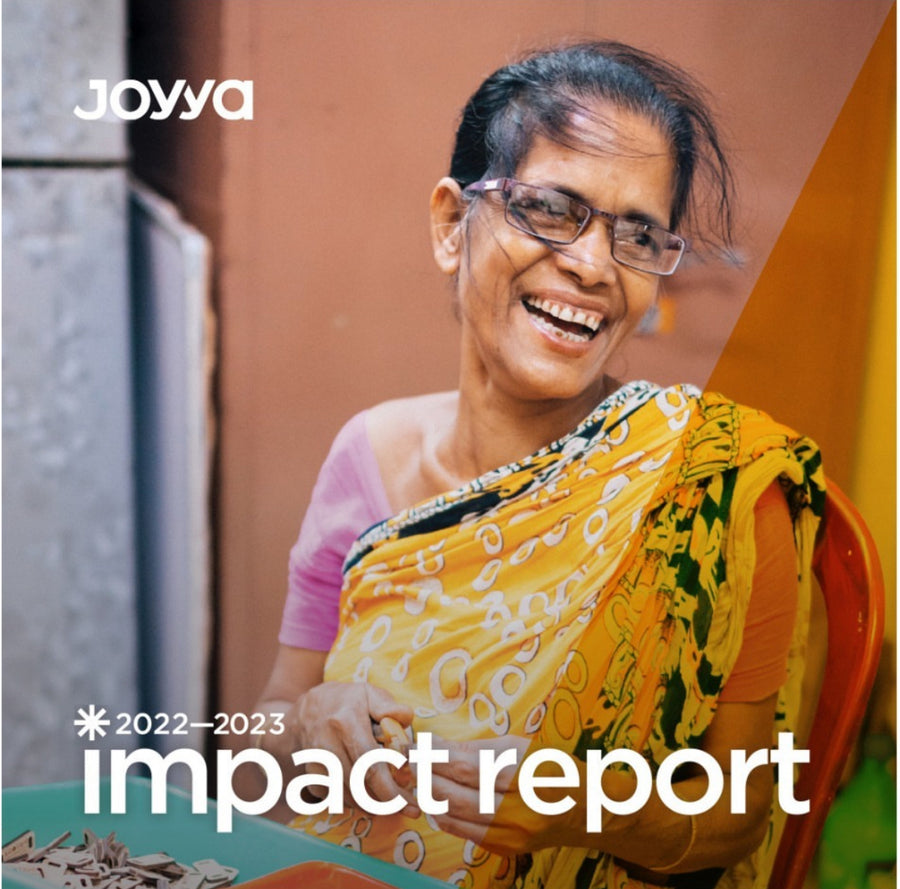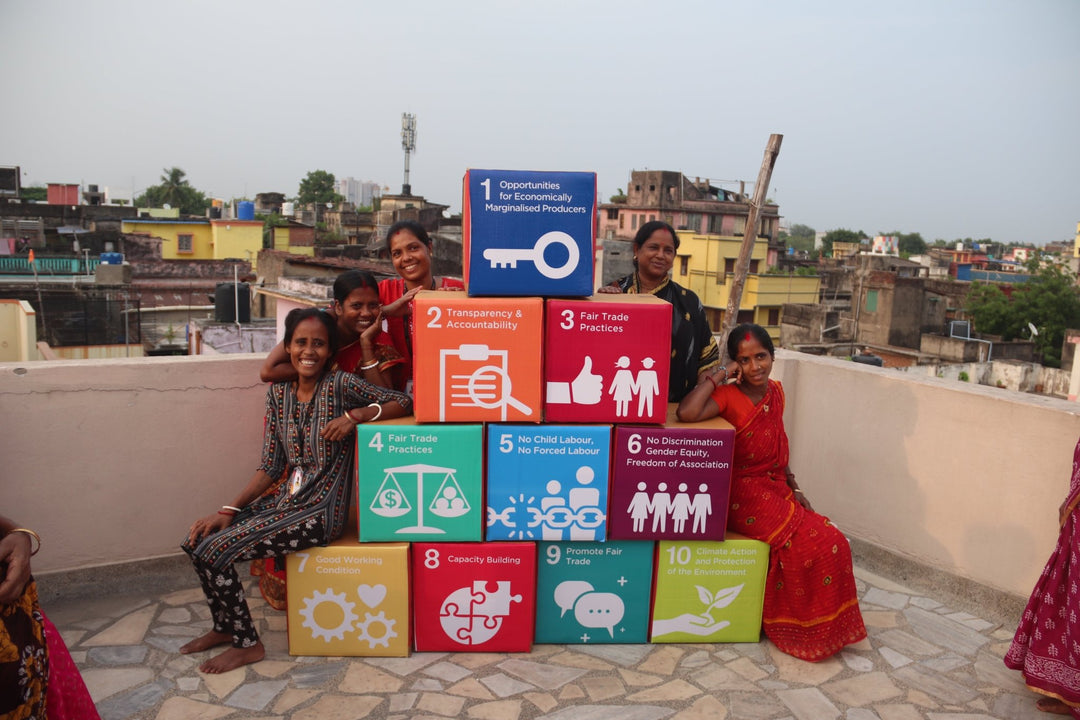What’s in My Clothes? A Fashion Revolution Week Wake-Up Call
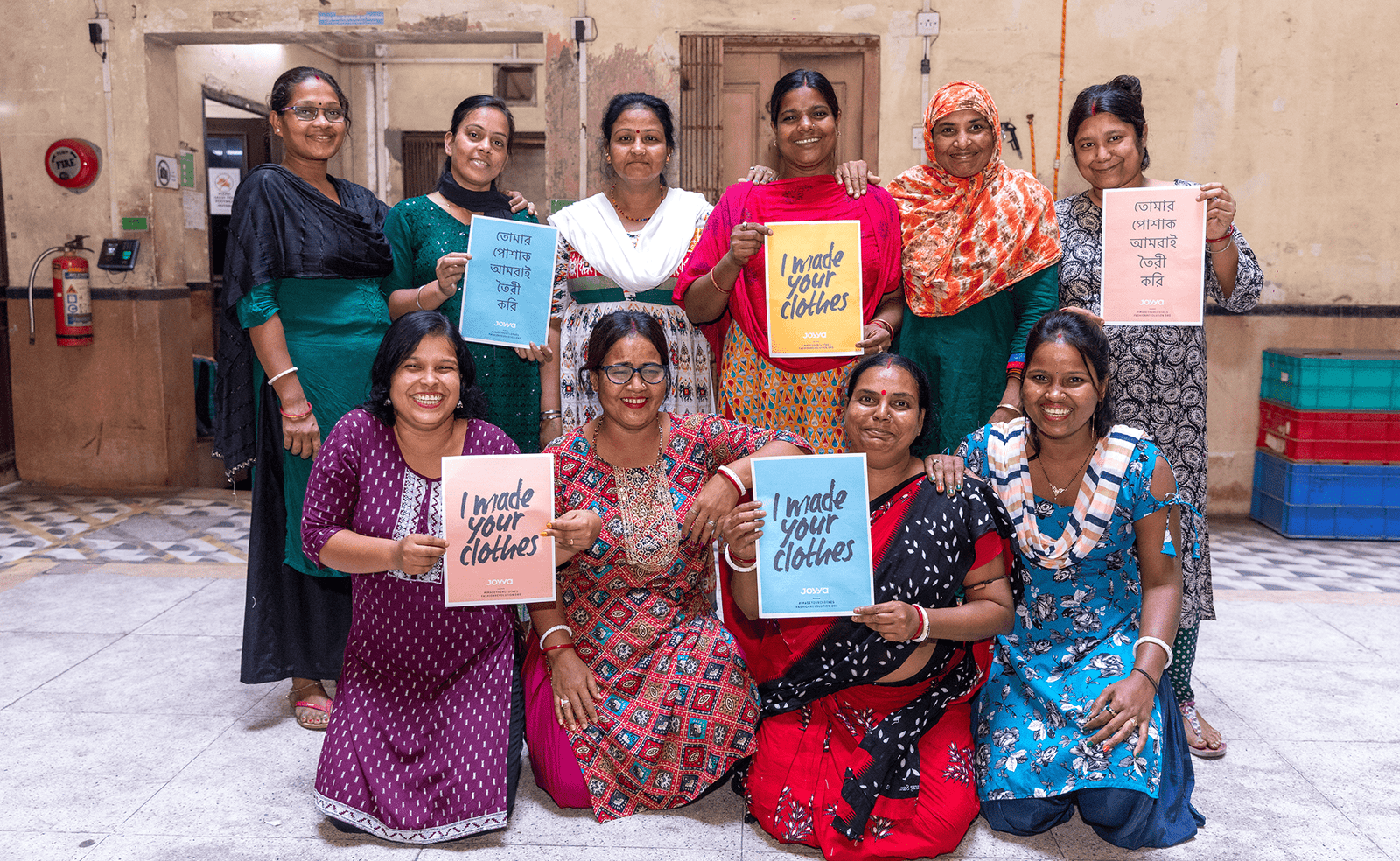
Let me ask you a question: Have you ever wondered where your favorite T-shirt really came from? Not just the store tag or the online cart you clicked it into, but the whole story—the hands that stitched it, the fields where the fabric began, the journey it took to land in your closet? If you haven’t, you’re not alone. Most of us don’t think twice about it.
Every year during Fashion Revolution Week, people across the world ask some big questions— like “What’s in my clothes?” and “Who made my clothes?”
This global movement started after the tragic Rana Plaza collapse in 2013 in Bangladesh. Over 1,100 garment workers died that day and around 2500 were left injured or handicapped for lifetime. Most were making clothes for big global brands.

Source: Vogue -The rescue operation during the Rana Plaza tragedy, April 25, 2013Photography NurPhoto/Getty Images
Since then, Fashion Revolution has been urging brands and buyers to ask hard questions. The mission? To demand transparency and accountability from the fashion industry.
As their co-founder Carry Somers once said, “We want to unite people and organizations to work together towards radically changing the way our clothes are sourced, produced, and consumed”
And this is why we, at Joyya, are joining in. We’re not just another clothing brand—we’re part of a movement that believes fashion can be a force for good. We flip the script by putting people and the planet first. At Joyya, ethical fashion and transparency in fashion aren’t buzzwords—they’re our heartbeat. We’re committed to making sustainable clothing that doesn’t just look good on you but feels good knowing where it came from. So, this Fashion Revolution Week 2025, let’s look beyond the labels and dig into what’s really in your wardrobe.
The Hidden Story Behind Most Clothes
The industry is obsessed with speed and cheap prices, pumping out trends faster than you can scroll Instagram. But there’s a cost.
Globally, we produce 100 billion garments a year—and 92 million tons of that ends up in landfills (Earth.org). Filmmaker Mark Angelo, in his documentary RiverBlue, rightly said, “Next to oil, fashion in its broadest sense—from fast fashion to leather to denim—is the next biggest industrial polluter of the world’s waterways.”
Fast fashion is cheap—but it comes at a big cost.
“Every time you spend money, you’re casting a vote for the kind of world you want.” – Anna Lappé

Source: Photograph by Chin Leong Teo
Natural vs. Synthetic: What Fabrics Are You Wearing?
Check the label on your clothes. Do you see words like polyester, acrylic, or viscose? These are synthetic fabrics. They’re made in labs, not grown on farms. Now look for fabrics like cotton, linen, or hemp. These come from natural plants. But even natural fabrics can harm the planet if not grown the right way. That’s why organic cotton is a better choice.
Did You Know?
To make a single cotton t-shirt, 2,700 litres of fresh water are required. That’s enough to meet one person’s drinking needs for 2.5 years.
Why Choose Organic Cotton?
-
Water and Energy Savings: 91% less water and 62% less energy.
-
Reduced Chemical Use: 98% less pesticides.
-
Non-GMO Seeds: Naturally selected, no chemicals.
-
Remarkable Water Savings: Up to 20,000 liters per kg.
-
Soil Health and Water Conservation: Improves biodiversity and soil fertility.
-
Fair Trade Practices: Ensures fair wages and safe conditions.
-
Lower Carbon Footprint: Reduces emissions, fights climate change.
At Joyya, we use 100% organic cotton for our t-shirts and bags. We believe your clothes should feel good and do good.
Chemicals, Dyes & Microplastics: What Else Is in Our Clothes?
It’s not just the fabric. The dyes, finishes, and other hidden ingredients in your clothes matter too.
-
Some clothes contain formaldehyde to prevent wrinkles.
-
Others use azo dyes, which can release cancer-causing chemicals.
-
And synthetic fabrics? They shed microplastics—tiny plastic particles that wash off in every load of laundry and end up in our rivers, lakes, and oceans. These particles are too small to filter out, and they make their way into marine life—and eventually, onto our plates.
At Joyya, we believe it doesn’t have to be this way. We use eco-friendly printing practices, including water-based inks, GOTS-certified dyes, and sustainable materials. Our process delivers high-quality prints without harmful chemicals or environmental damage.
Who Made My Clothes? The People Behind the Labels
Behind every T-shirt, there’s a person. Behind every bag, a pair of hands. Behind every label, there’s a human story—and too often, it’s not a happy one.
This Fashion Revolution Week 2025, we’re joining the chorus asking, “Who made my clothes?” And trust us—the answer matters more than you might think.
The fashion industry has a dark side when it comes to garment workers. Over 75 million people are involved in clothing production worldwide, and around 80% of them are women—many young and supporting families (Remake). Yet instead of fair pay and safe workplaces, far too many faces unsafe conditions, low wages, and long hours.
It’s estimated that only 2% of garment workers globally are paid a living wage.
Many factories—especially in developing countries—lack basic safety standards, proper ventilation, and protective equipment. Exposure to hazardous chemicals is often part of the job.
As Orsola de Castro, upcyclist, designer, and co-founder of Fashion Revolution, put it: “Demand quality, not just in the products you buy, but in the life of the person who made it.”
That’s why Fashion Revolution Week, happening April 21–27, is such a big deal. It’s not just a hashtag. It’s a call to action—a push for transparency, dignity, and justice in the fashion industry.
At Joyya, this isn’t just something we believe in once a year. It’s how we operate every day.
We’re proud to support our makers—not just through words, but through action. Our people earn a living wage. They have access to vocational training, upskilling opportunities, and formal education. We offer a crèche facility for working parents, legal aid, health insurance, PPF, trauma-informed counselling, and a safe, supportive workplace. Because we believe fashion should empower—not exploit.
“Before Joyya, I was invisible. Now I feel proud when people wear what I’ve made.” – Shanthini, Tees Seamstress.

How You Can Join the Movement
You don’t need a PhD in sustainability to make a difference. Small moves add up. Fashion Revolution Week 2025 is your moment to flex that power—whether it’s thrifting, asking tough questions, or choosing Joyya clothing that’s made right. Change doesn’t have to be big to be real. Start small. Start today.
-
Check the labels on your clothes
-
Ask brands #WhatsInMyClothes and #WhoMadeMyClothes
-
Choose brands that use organic cotton and pay workers fairly
-
Support businesses like Joyya that are transparent and ethical
-
Tell your friends. Share on social media. Be part of Fashion Revolution Week.
Final Thought: Clothing That Tells a Better Story
The clothes you wear tell a story. Make sure it’s one you’re proud of. At Joyya, we believe in fashion that lifts people up. That respects the earth. That brings hope and dignity to communities.
So next time you wear a t-shirt, ask:
What’s in my clothes? Who made them? And what story do they tell?
